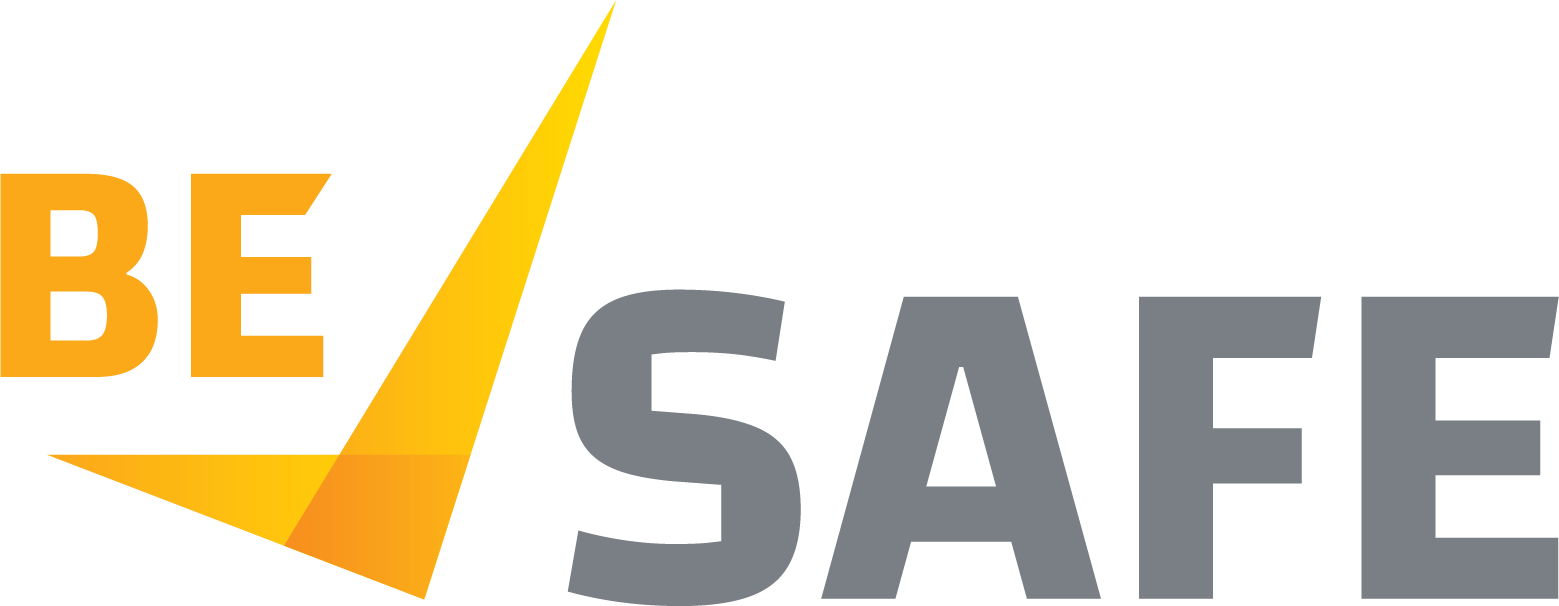A Safe and Healthy Work Environment is a Human Right.
admin • November 3, 2024
Last week, on 30th October 2024, the Australian Government ratified the International Labour Organisation (ILO) Conventions relating to Workplace Health and Safety.
This follows a landmark event in 2022, when the ILO recognised a safe and healthy work environment as a fundamental right at work. It became the 5th Workplace Human Right:
- freedom of association and the effective recognition of the right to collective bargaining;
- the elimination of all forms of forced or compulsory labour;
- the effective abolition of child labour;
- the elimination of discrimination in respect of employment and occupation; and
- a safe and healthy working environment.
Find out more about the ILO declaration and the latest changes at:
ILO Declaration on Fundamental Principles and Rights at Work | International Labour Organization

Snakes are a natural part of the Australian environment, but when they enter worksites, they can pose significant risks. Snakes are most commonly encountered in industries such as construction and agriculture, but snakes can appear in any workplace – including in offices, warehouses, outdoor work areas, or storage spaces. Warm weather increases snake activity, making encounters more likely during summer months. The danger presented by snakes is very real, as snakebites can cause serious injury or death. Common Risk Factors There are certain workplace conditions which increase the likelihood of snakes appearing: Vacant sites : Snakes often move into quiet areas during holiday breaks or weekends. Shelter opportunities : Stored materials, rubble, sheds, and equipment provide dark, cool hiding spots. Food sources : Mice, frogs, and other small animals attract snakes to worksites. Hot weather : Snakes become bolder and more active in summer. Prevention Strategies As always, employers are required to reduce risks to health and safety in the workplace. They can do this by adopting proactive measures: Site housekeeping : Remove rubbish, debris, and unused materials where snakes could hide. Control food sources : Limit rodent and frog populations by managing waste and water. Protective gear : Wear gloves, boots and long pants when working outside or handling stored materials. Awareness training : Inform workers about snake risks, especially after site closures or during hot weather. First Aid training: ensure staff are trained in the initial response in the case of a bite. If a snake is seen in the workplace One of the most important safety messages is never provoke a snake. Most bites occur when people attempt to attack or handle snakes. If a snake is sighted: Stop work in the area immediately. Report the sighting to supervisors. Contact local authorities or licensed snake catchers to remove the hazard. First Aid for Snake Bites Your workplace should have a trained First Aider. The initial first aid for a bite should include: Lie the person down and keep them still. Applying a broad, firm bandage around the bitten limb, about as tightly as for a sprained ankle. Bandage over the bite site first and then bandage as much of the limb as possible, starting from below upwards. Keep the victim still and calm and splint the limb if possible. Do not cut, wash, or apply a tourniquet to the bite. Access immediate medical care - dial 000. Don’t forget that you will need to complete an incident report after a snake bite has occurred. Then, your risk management follow up processes should be followed. A snake bite may be classified as a notifiable incident, in which case it must be reported to WorkSafe Victoria – call 13 23 60 . Conclusion Snakes are a real workplace hazard , especially in construction, agriculture, and outdoor industries. If your workplace is high risk for snakes then you are required to control the risk of snake bite. Prevention and awareness are the best defence: keep sites clean, reduce food sources, and train workers. Never provoke a snake —leave removal to professionals. First aid knowledge can save lives in the event of a bite. By treating snakes as a legitimate occupational hazard, workplaces can protect their workers from a potentially fatal hazard. For more information, see the following resources: Snakes at work: why you should never handle one yourself | WorkSafe.qld.gov.au Snakes on sites - OHS Reps Notifiable incidents under the Occupational Health and Safety Act 2004 | WorkSafe Victoria https://stjohn.org.au/app/uploads/2025/08/Fact-sheets_snake-bite.pdf

Sun exposure is one of the most underestimated workplace hazards, especially for outdoor workers. Prolonged exposure to ultraviolet (UV) radiation can cause serious health risks, but with the right protections, employers and employees can reduce these dangers. Why Sun Exposure is a Workplace Hazard UV radiation risk : Outdoor workers are exposed to UV radiation for long periods, which can lead to skin damage, sunburn, premature aging, and skin cancers. Eye health : UV rays can also damage the eyes, increasing the risk of cataracts and other vision problems. Heat stress : Extended time in the sun raises the risk of dehydration, heat exhaustion, and heatstroke, which can impair concentration and increase accident risks. Cumulative exposure : Unlike a one-time hazard, UV damage builds up over years, making outdoor workers particularly vulnerable. Employer Responsibilities The legislation prescribes that employers must provide a safe workplace that is without risks to health and safety. As such, employers must take steps to eliminate or reduce UV exposure risks so far as is reasonably practicable . This includes: Risk assessment : Identifying tasks and times of day when UV exposure is highest. Protective measures : Providing shade structures, scheduling work outside peak UV hours (10 am–3 pm), and rotating tasks to limit exposure. Education : Training workers on the dangers of UV radiation and how to protect themselves. Policy implementation : Establishing sun protection policies as part of workplace health and safety systems. Monitoring conditions : Being aware of UV index levels and reporting unsafe conditions. Consulting with employees : in relation to the hazard of sun exposure. Worker Responsibilities Under the OHS Act, employees have a duty to take reasonable care of their own, and others, health and safety and to co-operate with measures taken by their employer to ensure health and safety. Employees can play a role in protecting themselves by, for example: Wearing protective clothing : Long-sleeved shirts, wide-brimmed hats, and sunglasses with UV protection. Applying sunscreen : Broad-spectrum SPF 30+ sunscreen should be applied regularly throughout the day. Hydration : Drinking water frequently to prevent heat stress. Monitoring and reporting: Being aware of UV index levels and reporting unsafe conditions. Building a Sun-Safe Workplace Culture Creating a workplace culture that prioritizes sun safety is essential. This means: Normalising sunscreen use and reapplication breaks. Encouraging workers to look out for each other’s wellbeing. Making protective gear accessible and mandatory. Recognising that sun protection is not just a personal choice but a workplace safety requirement. Key Takeaways Sun exposure is a serious occupational hazard for outdoor workers. Employers must provide protections such as shade, scheduling, and training. Workers must take proactive steps like wearing protective clothing and using sunscreen. A strong workplace culture around sun safety reduces risks and promotes long-term health. Sunlight is vital for life, but in the workplace, it must be managed like any other hazard. Hazard identification and risk control is a legal requirement under the OHS Act. By treating UV exposure with the same seriousness as machinery or chemicals, employers and workers can ensure safer, healthier outdoor environments. For more guidance in relation to this: Sun protection for outdoor workers | WorkSafe Victoria


